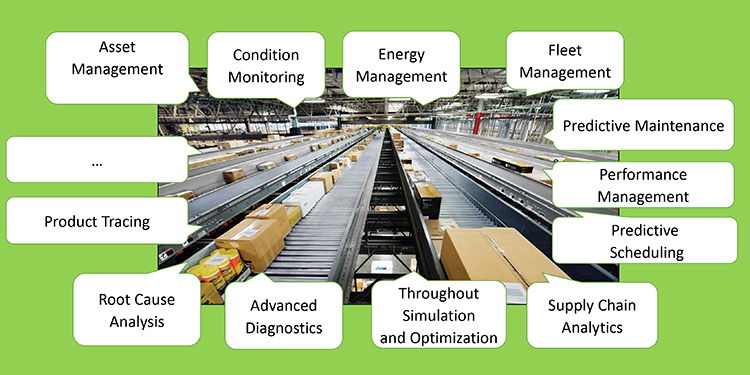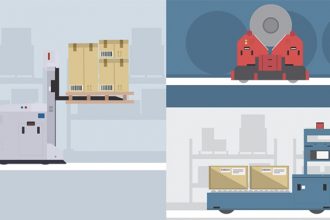IIoT-Enabled Predictive Analytics For Conveyors, Sorters Generates Cost Savings

To ensure maximum uptime, machine reliability, and an overall reduction in costs, more members of the Conveyors and Sortation Systems (CSS) Industry Group of MHI have been enhancing their equipment with features that harness the power of the Industrial Internet of Things (IIoT). What that means for owners of these conveyor and sortation systems is an increased ability to leverage the operational data collected from their equipment to gain better insights — through predictive analytics — into its usage, errors, and faults, as well as more precisely determine when maintenance or service is needed.
The group overviewed the latest developments in an educational seminar entitled, “Industrial Internet of Things: A Path to Predictive Analytics.” The presentation reviewed both existing and anticipated innovations related to enabling the IIoT; the types of data that can be gathered and used for predictive analytics; and the steps operations can take in order to position themselves to benefit from IIoT systems and technologies.
The IIoT relies on the interconnection of computing devices embedded in equipment via the Internet. These machine-level sensors and controls provide asset visibility by gathering information which is then collected and analyzed by software. Through analysis of the data, operational trends can be identified, and failures more precisely predicted. Such asset insights are visible to equipment owners and operators through a real-time dashboard that can be viewed on a desktop PC, tablet or smartphone. Based on pre-determined parameters, certain equipment conditions can trigger real-time alerts, informing key personnel of critical issues so corrective action can be promptly taken. Further, maintenance and service can be scheduled based on actual usage patterns, as opposed to a calendar-based routine. All of these elements — and their potential to significantly reduce costs and downtime — are what makes IIoT such an appealing innovation.
There are a variety of components and devices utilized in conveyor and sortation equipment that already generate the types of data that can be transmitted via IIoT and assessed through predictive analytics. These include smart sensors, controllers, readers and scanners, motor controllers, safety systems, frequency drives, smart meters, and circuit protectors. With IIoT connectivity, however, the process of detecting, digitizing, analyzing, and acting upon the information is shortened from months to minutes. That time savings, according to the session presenters, will yield a 4.1% reduction in costs through increased manufacturing efficiencies and better value chain management. It will also increase revenues by 3.0%, thanks to the ability to deploy more customized products, maintenance, and other services.
And, although predictive scheduling, predictive maintenance, and condition monitoring are all use cases for IIoT, the same process can be used to analyze and improve energy usage, fleet and asset management, product tracing, comprehensive diagnostics and root cause analysis, and even support throughput simulations for supply chain optimization. Companies seeking the benefits of a successful IIoT and predictive analytics implementation are advised to first answer a few fundamental questions:
- What am I trying to achieve or learn from predictive analytics?
- Who will be using the equipment (so the right information is presented to each group)?
- What are my success criteria?
Want to learn more about the advantages of IIoT and predictive analytics for your operation? The session recording is available for viewing, here.



